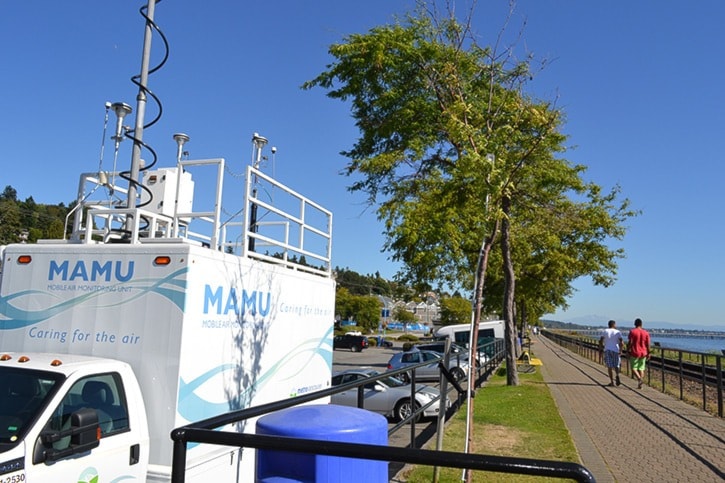Editor:
Like many other citizens in White Rock, I share the concerns about transporting coal through our community.
Over the past five years or so, many of us have noticed more and more black soot covering our decks and houses. Although we don’t really know the exact cause of this, circumstantial evidence points at the increased coal-train traffic through our community.
Local government officials recognize there is a lack of monitoring data on coal-dust and diesel emissions, and a lack of information about the associated human health risks. This is why Port Metro Vancouver has been requested to postpone any decision on their coal-transfer operations.
To address these existing information gaps, the Corporation of Delta has now completed two years’ worth of science-based monitoring at five permanent stations to better delineate the dispersion patterns and concentrations of coal dust around the railway tracks.
Dustfall near Delta’s rail tracks has thus far been shown to contain from 85-90 per cent coal particles.
What does this mean for White Rock?
Well, I’m not really sure, because White Rock’s answer has been to request Metro Vancouver’s Mobile Air Monitoring Unit (MAMU) to park at West Beach for one month and monitor air quality.
Unfortunately, this monitoring period coincided with the rerouting of empty coal cars.
I hate to say it, but the MAMU was little more than a public-relations exercise. One month’s worth of data has very little scientific value. Contrary to Coun. Grant Meyer’s expectations in PAN (Air quality to be monitored, Sept. 18), it certainly will not confirm what I’m thinking, nor is it likely to put my mind at ease.
The long-term intention of relocating the BNSF rail line, as expressed by several political candidates, doesn’t help much either – at least not in my lifetime.
What we need now is less politics and more science.
White Rock has to take a more rigorous, scientific approach to implementing a proper air-quality monitoring program in our community. Until that happens, citizens who are concerned or complain about coal dust and air quality will have little to no scientific information to substantiate their claims.
And in the meantime, city officials on the Rail Safety Task Force will continue to be unconvinced that coal dust is as big an issue as some of us residents believe.
If the city can find $20K to pay a former Canada Transportation Agency member to look into the application process to relocate the BNSF rail line ($20,000 allocated for rail-move advice, Oct. 2), then surely they can also fund some permanent air-quality monitoring stations in White Rock.
If the monitoring results then give White Rock a clean bill of health, people will be relieved. If results show that we do indeed have a problem, then this will give more impetus to stop the dreaded coal-transfer operations.
It would be a monitoring plan with a win-win outcome.
R.U. Kistritz, White Rock
